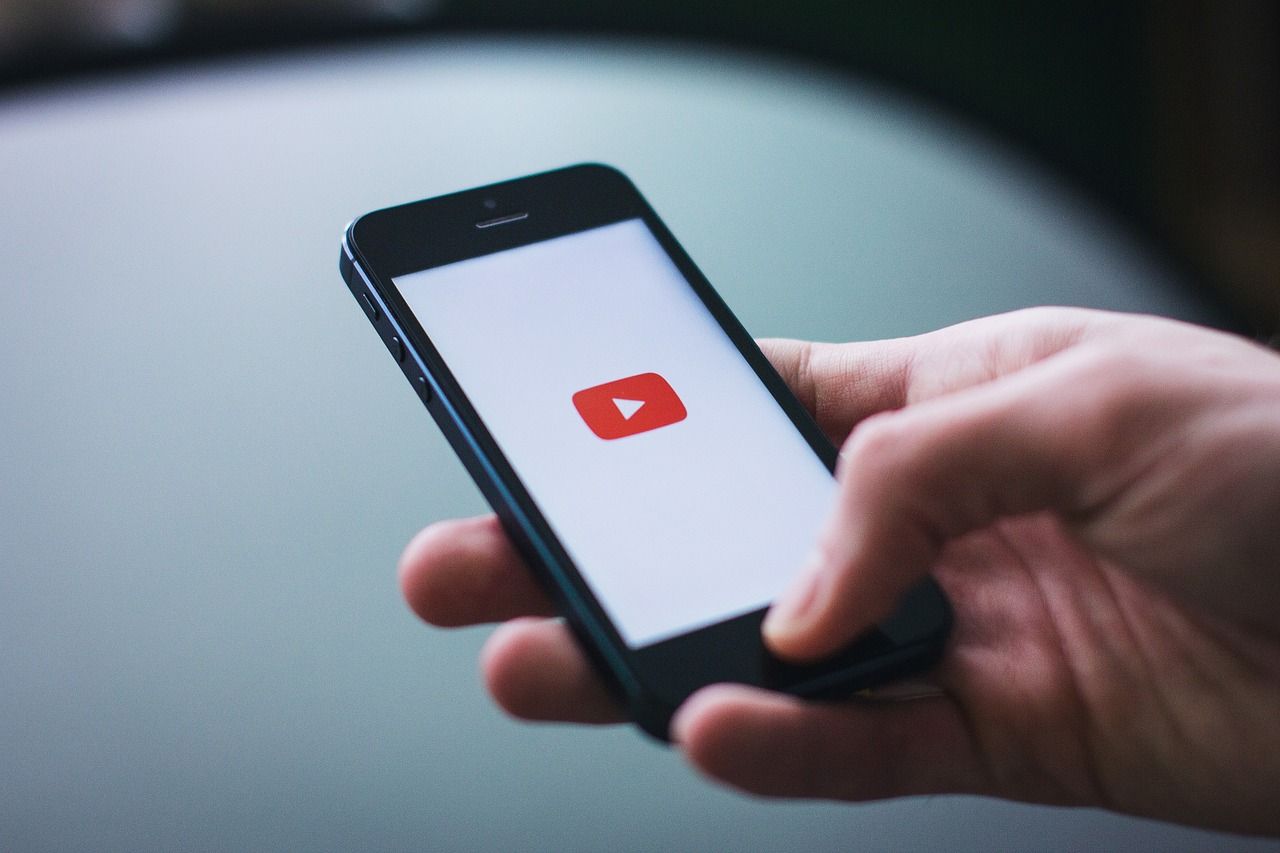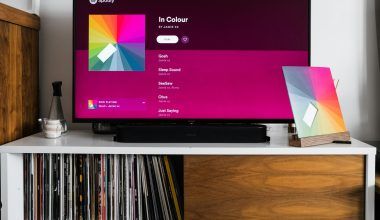Making money on YouTube might sound like a dream, but it’s very achievable if you know the steps. Whether you’re a budding content creator or just curious about how do you get paid on youtube, this guide will walk you through the entire process in simple and relatable terms. Let’s dive in!
Understanding YouTube’s Payment System
First things first: YouTube doesn’t pay you directly for uploading videos. Instead, you earn money through various revenue streams connected to your channel. These include ads, memberships, and even merchandise sales. To access these, you need to meet specific eligibility criteria. But don’t worry—we’ll cover everything step by step.
Step 1: Join the YouTube Partner Program (YPP)
To start earning money on YouTube, you need to become part of the YouTube Partner Program. This program allows creators to monetize their content by enabling ads and other features.
Requirements for YPP
- 1,000 Subscribers: You need at least 1,000 subscribers on your channel.
- 4,000 Watch Hours: Your videos must accumulate 4,000 valid watch hours over the last 12 months.
- AdSense Account: You’ll need to create a Google AdSense account to get paid.
- No Community Strikes: Your channel should follow all YouTube policies and have no active strikes.
Once you meet these requirements, you can apply for YPP. YouTube reviews your channel to ensure it’s suitable for monetization.
Step 2: Set Up Ad Revenue
Ads are one of the most common ways creators get paid on YouTube. Once your channel is part of the Partner Program, you can enable ads on your videos. You earn money whenever viewers watch or interact with these ads.
Types of Ads on YouTube
- Display Ads: These appear next to your video.
- Overlay Ads: These are semi-transparent ads that pop up at the bottom of your video.
- Skippable Video Ads: Viewers can skip these after five seconds.
- Non-Skippable Ads: These must be watched before the video starts.
- Bumper Ads: Short, six-second ads that viewers can’t skip.
Your earnings depend on factors like ad type, viewer location, and how many people actually engage with the ads. Typically, advertisers pay per 1,000 views (CPM) or per engagement (CPC).
Step 3: Explore Other Revenue Streams
While ads are great, they’re not the only way to make money on YouTube. Diversifying your income sources can significantly boost your earnings.
Channel Memberships
If your channel has a loyal fan base, you can offer memberships. Fans pay a monthly fee to access exclusive perks like badges, emojis, and members-only content. This is a great way to build a steady income while engaging your audience.
Super Chat and Super Stickers
During live streams, viewers can purchase Super Chats or Super Stickers to stand out in the chat. This feature not only helps you earn money but also strengthens your connection with your audience.
Merchandise Shelf
YouTube allows creators to showcase and sell their own merchandise directly below their videos. If you have a creative streak or a strong personal brand, selling T-shirts, mugs, or other products can be very rewarding.
Affiliate Marketing
Affiliate marketing is another popular method. By promoting products or services in your videos and sharing affiliate links, you can earn a commission on every sale made through your link.
Step 4: Optimize Your Content for Revenue
Creating engaging and high-quality content is key to attracting more viewers and, in turn, more revenue. Here are some tips to keep in mind:
- Focus on Niche Topics: Channels with a clear niche often perform better because they attract a dedicated audience.
- Improve Video Quality: Invest in good equipment and editing software to make your videos look professional.
- Engage With Your Audience: Reply to comments, ask questions, and build a community around your channel.
- Post Consistently: A regular upload schedule keeps your audience engaged and coming back for more.
Step 5: Understand Your Analytics
YouTube Studio provides detailed analytics about your channel’s performance. Use these insights to understand what’s working and what’s not. Pay attention to metrics like watch time, audience retention, and click-through rates to refine your strategy.
Step 6: Expand Beyond YouTube
Once your YouTube channel gains traction, consider expanding your brand. Many successful creators use their channels as a springboard for other opportunities, like launching podcasts, writing books, or even creating online courses.
FAQs About Getting Paid on YouTube
How much money can you make on YouTube?
Earnings vary widely based on factors like views, audience location, and revenue streams. Some creators make a few dollars a month, while others earn millions annually.
Do you need millions of views to get paid?
Not necessarily. If you have a smaller but highly engaged audience, you can still make good money through memberships, merchandise, and other methods.
When does YouTube pay you?
YouTube pays creators monthly, as long as you’ve earned at least $100. Payments are made through your linked AdSense account.
Final Thoughts
Getting paid on YouTube takes time and effort, but it’s absolutely possible. Focus on building a loyal audience, creating valuable content, and exploring multiple revenue streams. With patience and persistence, you can turn your YouTube channel into a rewarding source of income.
For further reading, explore these related articles:
- Exploring the Magic of Ed Sheeran’s Popular Songs
- Dive Into the World of “Arms Around You” by XXXTentacion
For additional resources on music marketing and distribution, visit DMT Records Pvt. Ltd..






